How to Run Facebook Political Ads
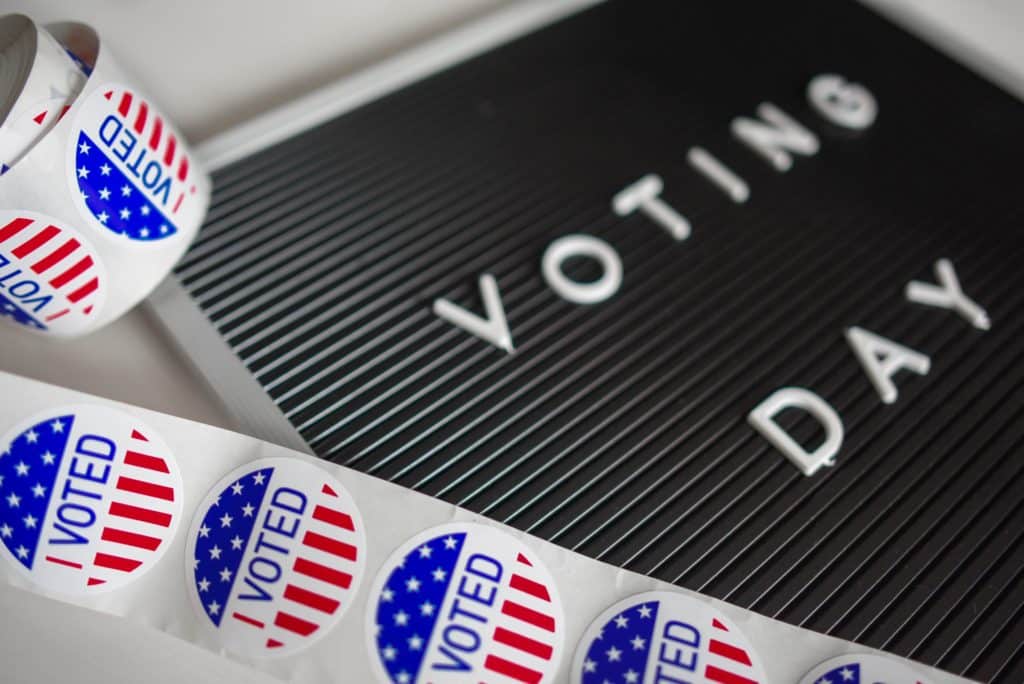
Millions of people in the United States use Facebook to connect and share ideas, so it’s the perfect platform to spread the word about a political candidate. As the 2020 election quickly approaches, now is a great time to start planning a digital strategy for your political campaign. Here you’ll learn how to run Facebook political ads and get your message out to the people who need to see it the most the way a pro Facebook advertising service does it.
Getting Started
The first thing you’ll need is a Facebook page, the account from which you will run political ads. When you create a page within Facebook, you’ll be given the option to choose a category for the page. You can choose “Politician” or “Political Organization” to let people know what kind of page this is. Once your page is up and running, you’ll need a profile picture, a cover photo, and maybe even a video pinned to the top of your feed. Adding these assets can make the page more attractive to the audience, and they can help you seem more authentic and in-touch with the people you’re communicating with.
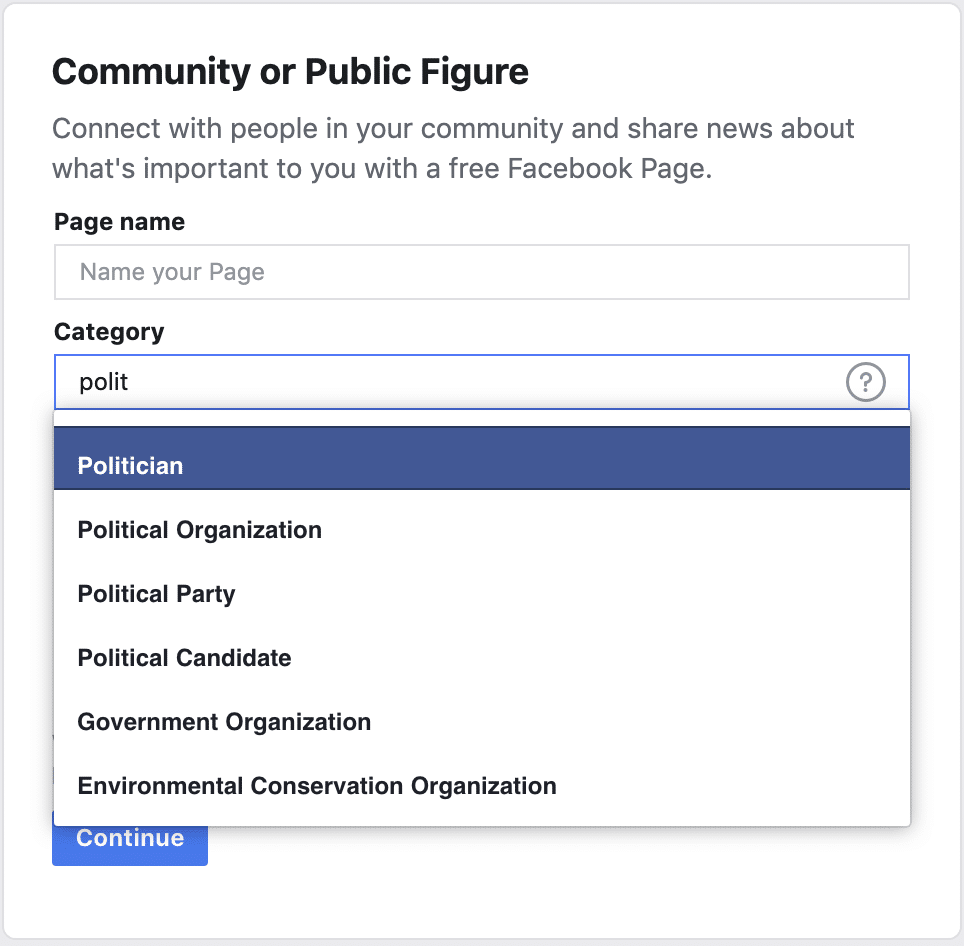
You’ll need to set up Facebook Business Manager to manage all aspects of your page. You’ll also need a budget to run advertisements and a credit card to pay for the ads. Once you have these basics out of the way, it’s time to build your campaign from the ground up to make sure it’s effective at reaching people.
Targeting the Right Audience
You want to make sure that your Facebook political ads are getting in front of the right eyes. Facebook lets you target audiences based on certain demographics, such as age, gender, interests, and location. It’s best to narrow down your audience by location first because it’s likely that you only want people in your district to see your political ads. You can target your entire district or parts of it.
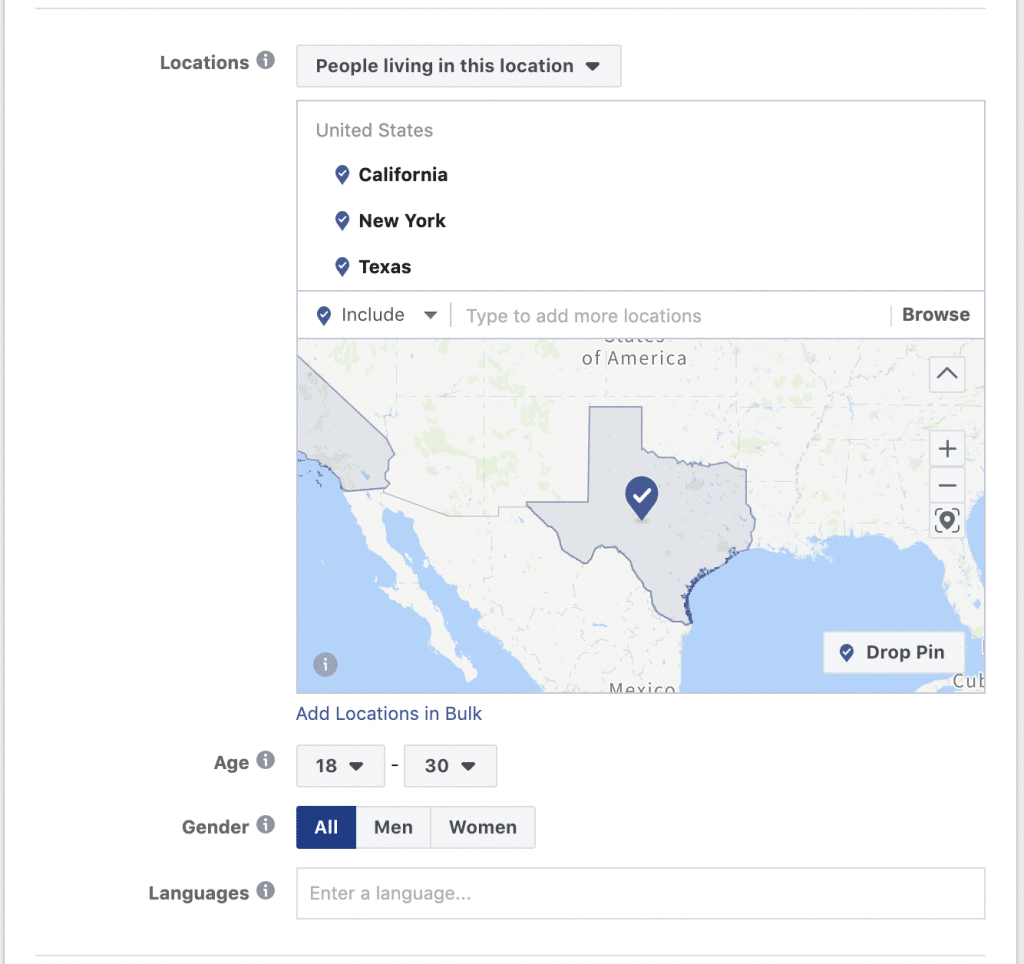
After you’ve narrowed down the location, it can be helpful to target people based on their interests. For example, you can target individuals who have said they are interested in politics or issues that are at the forefront of your campaign, such as education or the environment. You can also target those who have expressed an interest in the political candidate of your campaign. You can create different ads for different demographics and test different ad content between different groups to see what is most effective at getting people to click on your ad.
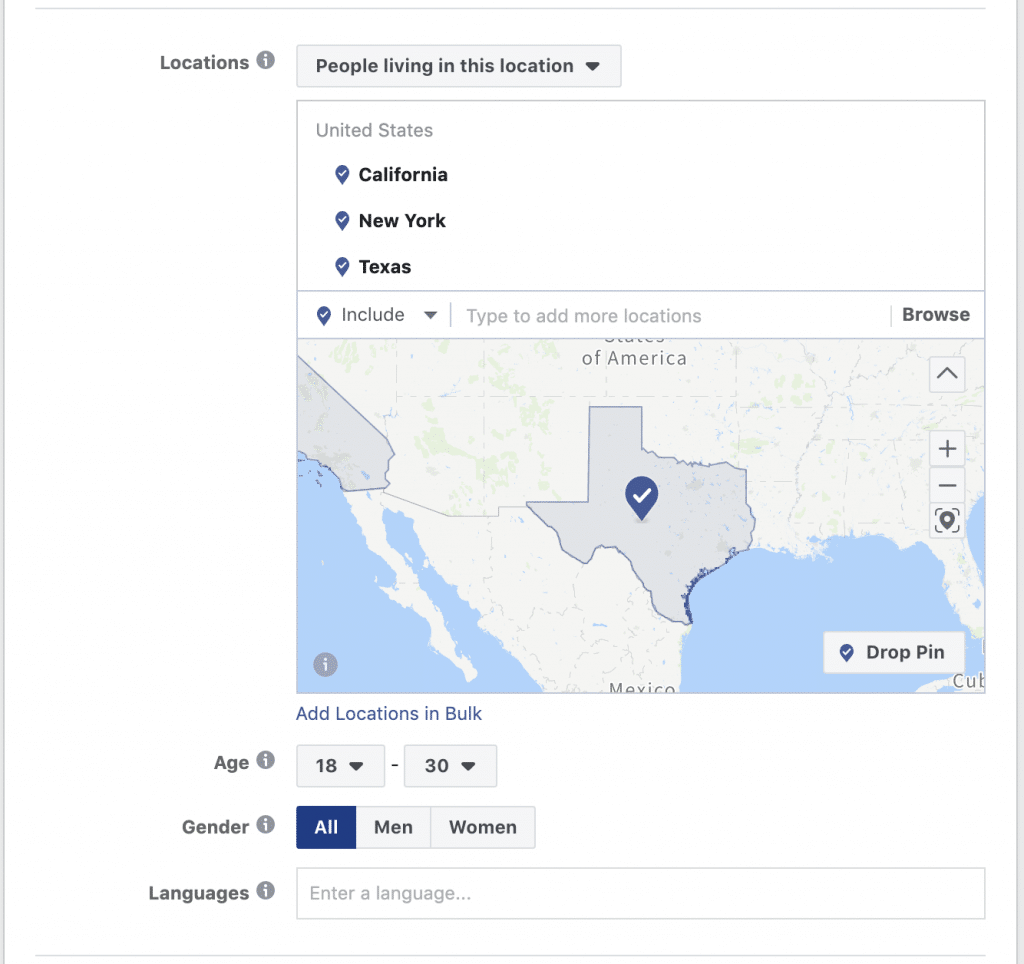
In addition to the interest, behavioral, and demographic audience you build, you can also create a Lookalike Audience using the contact list you upload. A Lookalike audience is similar to audiences you’ve targeted in the past but has a wider reach. You can also target visitors to your website, your own personal database of voters, and people who have engaged with you on Facebook in the past.
Creating an Effective Ad
Once you have found the perfect audience to target with your Facebook political ads, it’s important to make sure your message is clear and concise. When building an ad in Facebook Ads Manager, you can pick an objective for your ad campaign. This is an important step, as it can help Facebook optimize how it delivers your ads.
You’ll likely choose two of these objectives, brand awareness (getting your ad in front of as many people as possible) or traffic (getting people to visit your website). Depending on which of these makes the most sense for your campaign at the moment, Facebook will take a different strategy towards delivering your ads.
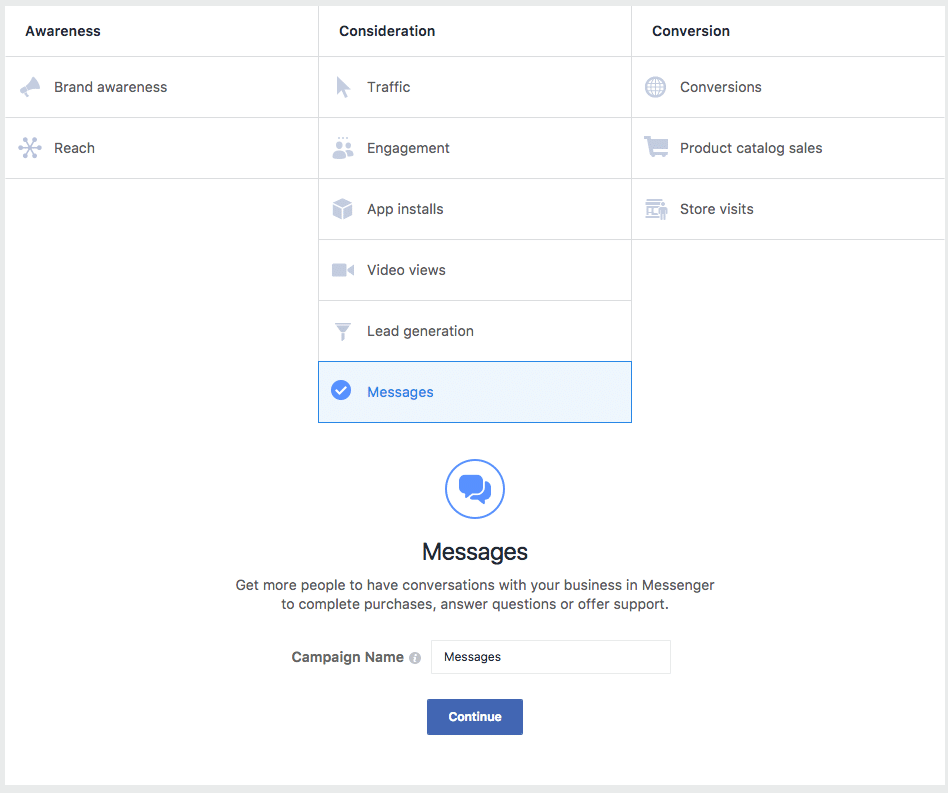
Facebook does a lot of the legwork when it comes to creating an ad, but you still have a few things to think about when it comes to your messaging. You have to think about exactly what you want to say and how to say it in a short and direct way. You’ll have to think of a headline and a few short words that explain your message. You also want to choose an image that catches peoples’ eyes as they’re scrolling through their News Feed. You only have a few seconds to make an impact, so be sure to choose your words and images wisely. If you have a post on your page’s newsfeed that’s performing well, you can choose to turn this into an ad.
You’ll also most likely want to include a call to action. This instructs the person viewing the ad what step to take next, such as visiting your website to learn more. Including a simple call to action can increase your click-through rate (the number of people who click on your ad). You can include this call-to-action as a text or button.
Tracking Your Performance
Once your ad has been up and running for a while, it’s time to examine whether or not it has been doing its job. Here are some metrics to keep an eye on:
- Click-through rate (CTR). If a lot of people are clicking on your ad then dropping off after they get to your website, it’s likely that your ad is great (after all, it got them to click), but they aren’t sure what to do when they get to your site. It can be helpful to create a landing page on your site that will tell them what to do next.
- Conversion rate. This is the rate at which your ad visitor did what you wanted them to, such as donating or signing up for your email list.
- Cost per acquisition (CPA). This number is calculated by dividing the amount of money you spent on an ad campaign by the number of conversions you received.
In addition to the above metrics, it is also worth measuring secondary metrics, such as brand mentions. An effective ad campaign should set the conversation going about your candidate and the campaign. Measuring the organic growth in social media mentions of your candidate, campaign hashtags, etc., can help analyze the trajectory of your ad campaign.
Once you know these statistics, you can start to figure out whether your ad is working in the way you need it to. The great thing about Facebook political ads is that you can learn from experience along the way and keep building better ads. Even if you don’t get great results from the start, don’t get discouraged. Your message is important to voters, and it’s worth the effort to spread the word.
Tips for Running Facebook Political Ads
The Government and Politics on Facebook group shared a series of live videos that offered useful advice to candidates on how to run successful Facebook political ads. This article shares the tips that the Facebook team shared in the last video of the series so you can jumpstart your campaign for the 2020 US election.
Use Candidate Videos
For midterm elections, Facebook released a new feature that helps you reach your constituents. You can create 20-second candidate videos that share your message and explain your political views. Anyone from governor to city council candidates, excluding assessor and judicial races, can upload candidate videos. Facebook provides appropriate, election-relevant questions you should answer.
To upload a candidate video, simply navigate to your Facebook page and go to Publishing Tools. Select Political Content, then upload your video. When you publish a candidate video, you can view it under the “Broadcasts” tab if you’re a page admin. Your audience will see the video in their News Feeds.
Candidates can create and upload videos in the days leading up to the election. If both candidates in a race upload videos, users will see them side by side.
If you’re unsure how to make a candidate video, you can find the Video Creation Tool Kit in Ads Manager. You need a few different images, either of yourself or your cause. You can then add text overlay. The tool kit allows you to create a video using one of three template options for mobile-optimized videos.
Optimize Your Video for Mobile
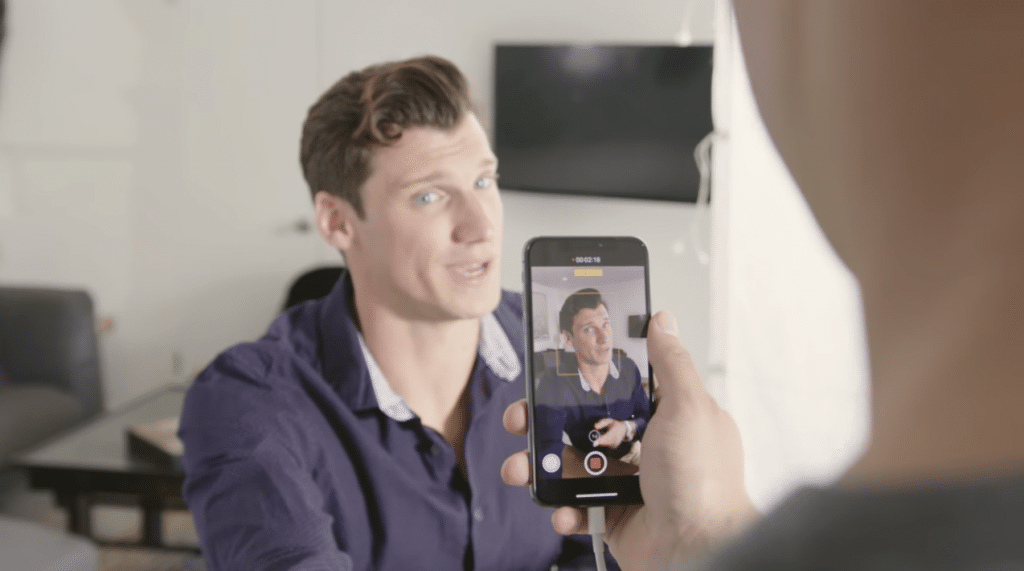
You want to optimize your video for mobile because most users look at their social media content on mobile devices. Video that is appropriately optimized for mobile screens has the following characteristics:
- Square or vertical format. This ensures that the video takes up as much space as possible in someone’s mobile News Feed. It helps to film content vertically before uploading it.
- Text overlay. Make sure the video still makes sense if someone watches it without sound.
- Front-loaded content. The main point or message of your video should be clear within the first few seconds.
- 15 seconds in length. Videos that are 15 seconds or less are ideal for users’ mobile lifestyles.
Optimize Your Ad Delivery
Because Facebook and Instagram are competitive spaces for advertising, getting your political ads out there can be challenging. There are three key ways to optimize your ad delivery:
- Broaden your audience. Make your audience as large as possible to reach more people.
- Look at your bid cap. Having a high bid cap helps with delivery, so consider increasing it. Facebook uses an auction-based system for buying ads. A cap tells the system the highest amount you’re willing to pay for your campaign’s objective. For political and issue ads leading up to an election, it is better to manually, rather than automatically, set a bid cap because it tells Facebook’s system exactly how important it is to get your ads out there.
- Open up your placements. Use ad placements for Facebook News Feed, Instagram feed, and Instagram Stories to reach more users.
You can pay for ads either through bidding, as previously mentioned, or reach and frequency. Reach and frequency is an option if you have at least 200,000 people in your audience. It allows you to lock in the price you pay. In contrast, with bidding, you don’t know exactly how much you will end up paying. You are bidding on the action you’re optimizing for, such as video views.
Post Often as Election Day Approaches

Normally, Facebook recommends posting three to four times a day. However, in the days leading up to an election, Facebook says that you should share organic posts as many times as you want to reach more constituents.
For political and issue ads, keep in mind that they can take up to 72 hours to be approved. You don’t want to wait too long to submit your ads to publish them before election day.
Schedule Organic Content Cautiously
Although you want to schedule ads well in advance, you need to be more cautious about scheduling organic content. If you schedule a political or issue post, breaking news could make the information in your scheduled post irrelevant or even insensitive.
For candidate videos, since the feature is still relatively new, you should publish them right away after upload.
Submit Ads in Advance
Facebook requires authorization for political ads. Disclaimers also require approval. It takes up to 24 hours to get disclaimers approved, so you should submit or update your disclaimers a few days in advance. Disclaimers should comply with Facebook’s Community Standards. URLs, phone numbers, and acronyms are not allowed in disclaimers, so keep those out to make the approval process go quicker. You do not need authorization to publish candidate videos.
Use the Reach Objective

To reach as many constituents as possible before election day, use Facebook’s reach objective. This objective tells Facebook that reach is the most important goal to you and will keep this in mind when delivering your ad.
Once you launch a reach campaign, you can’t go back and adjust your frequency. Make sure your frequency (i.e. how many times you want your ad to appear to members of your audience) is set before launching. In the days leading up to an election, Facebook recommends setting a high frequency cap.
Use the Issues Tab
The Issues tab is a space on Facebook where you can spend more time in a written format telling constituents about your platform and stance on certain issues. If you want to elaborate on a message from your candidate video, you can do so in the Issues tab. Use it to clearly communicate to voters what you believe in.
Go Live
Facebook Live allows you to communicate with constituents in real time. Live video should be varied, relevant, timely, and authentic.
To generate hype for your live broadcast, post about your plans to go live the day before or send an email blast to get the word out. You should also start the live stream at the exact time you say you will; otherwise you risk losing your audience’s interest.
Opt into All Available Placements
The more ad placements you have, the more people you will reach. Available placements include Facebook and Instagram feeds, Facebook in-stream, and Instagram Stories. When setting up your ad, specify that you want it delivered for each placement.
Vary the Type of Organic Content You Post
To keep your constituents interested, offer a variety of content in your organic posts. Mix it up between video, links, photos, and live video. The diversity will add value to the content you share.
Social media is a major player in politics these days. The more prepared you are for the next election, the better your chances at delivering valuable, high-quality content that will get voters’ attention. Start brainstorming your creative and logistical Facebook strategies now. When the 2020 election comes around, you’ll be happy you did.
Learn More:
How To Advertise on Facebook for Free?
By Anna Hubbel and Rachel Horvath
This post about the topic “How to Run Facebook Political Ads” was first published on our website here https://www.advertisemint.com